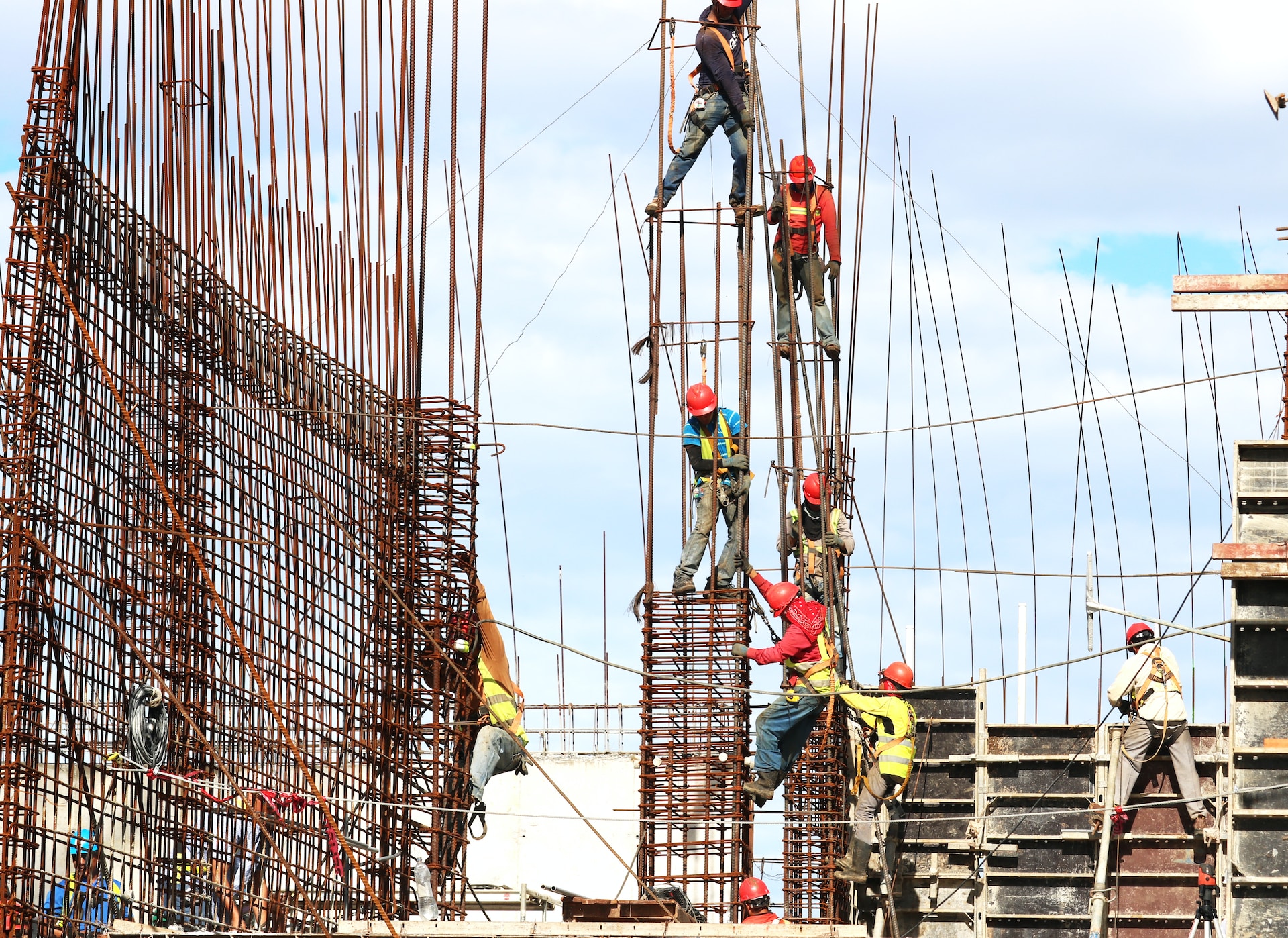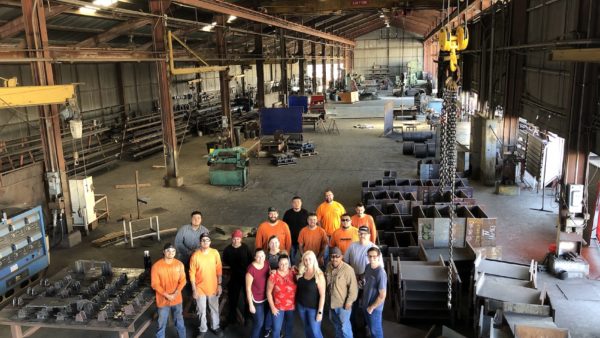
How construction projects are paying the price of skills shortages, especially in Building Information Modelling.
As the Fifth CRUX Insight Report shows, these inter-linked challenges are impacting capital projects across construction categories and the world. Over the EMEA territory within my HKA ambit, for example, we have investigated how skills shortages disrupted projects as varied as a Scandinavian nuclear plant, UAE factory, and South African retail development.
The resultant claims and disputes are distressing budgets and schedules. In our global analysis, disputed costs averaged 35% of committed capital expenditure. Claimed extensions of time would typically prolong programmes by more than 68%. The result is a colossal loss of time and money.
There are regional variations. In Europe, where claimed costs (at 38.3% of CAPEX) exceeded the global average, ‘deficiencies in workmanship’ loom larger. For projects underway pre-2017, this causal factor was ranked 9th, rising to 3rd where works had begun post-2020. The pandemic has exacerbated chronic skills shortages. Across the five-year analysis period, ‘lack of skill and/or experience’ ranked 9th in Europe, compared with 12th globally, and was an underlying cause of distress on one in five projects worldwide.
Design problems dominate
Skills gaps can bite at any stage of the project lifecycle. Our analysis of the power & utilities sector showed insufficient skills or experience was a top-four cause of claims during pre-construction, falling outside the top 10 thereafter. Design-centric problems (late, incorrect or incomplete design information) are now among the most prevalent dispute drivers, along with perennial ‘change in scope’.

More often, it is undue haste to break ground, rather than a dearth of designers, that impedes progress later. Specialist skills in strategic design analysis and buildability are critical in these circumstances. Construction knowledge, experience and the use of technologies enable design teams to iron out problems early. Clients need to invest more time and resources pre-construction.
We see this with BIM. Again, a lack of skilled practitioners is holding back progress whereby the golden thread of information can be broken at any point: from client to design team, and contractor through the supply chain. BIM hinges on collaboration. Clients’ lack of understanding of what they need from BIM, or unwillingness to pay, raises barriers to wider and more effective application. So do interoperability conflicts. What the industry needs is a consistent BIM framework.
Unreadable data
At HKA we use BIM and data analytics to predict quantum and delay trajectories, and to analyse disputes. Rapid technological development over the last five years has rendered some digital building data unreadable with the latest software. Clients also need more specificity around their requirements so they don’t end up with incompatible BIM models for structures developed on the same portfolio by different contractors.
Surely, is it not increasingly unrealistic to expect contractors on fixed-price contracts to absorb rising costs without storing up more claims and delays?
Sucking up resources
Materials inflation and shortages are the biggest constraint on construction worldwide, closely followed by labour and skills gaps. In the latest RICS 12-month market outlook survey, Europe (only positive for infrastructure) contrasts most sharply with the Middle East. In Africa, Nigeria is another hotspot, but activity in Saudi Arabia rises off the scale. These two regions already share the dubious distinction of the longest CRUX overruns (80%+ of planned schedules).
HKA is helping set up megaprojects to succeed. As the KSA’s Vision 2030 giga-projects gain momentum, they will invariably suck up more resources across the region, and further afield. So, project economics will get tougher, and other regions face a brain drain as talent gravitates to career-defining schemes such as the Neom smart city-region.
Business as usual will mean the immutable laws of supply and demand exact an even higher price on capital and infrastructure projects.
- Amanda Clack is CEO of HKA’s Europe, Middle East, and Africa region (EMEA), Past President of the RICS, and Chair of the RICS Infrastructure and Construction Market Forum
Comments
Comments are closed.











Surely construction can take place without BIM? It wasn’t a thing 10 years ago and we managed then.